Elevate farming operations to new heights with the most capable structure for pig housing UK farms can deploy
With our solid track record for quality and innovation spanning over 40 years, we design and manufacture high-quality, durable, and versatile modular and mobile livestock housing for commercial farming operations in the UK and across the globe.
Experience how modern livestock housing by McGregor can transform productivity and yields on your farm.
Why opt for indoor production on your pig farm?
Nearly two-thirds of the pigs being farmed in the UK are reared through the indoor pig farming approach, as much of the soil in the country is unsuitable for outdoor farming due to improper drainage.
Pig farming is currently a crucial part of the UK’s agricultural industry, with approximately 10 million pigs slaughtered each year. In 2023, however, UK farms have several options for indoor pig housing that can provide a comfortable and safe environment for pigs.
Indoor production is also more profitable and results in better yields on top of the high-welfare housing conditions that protect the animals from the elements.
In comparison to fixed pig housing options that generally use slatted flooring as a means of waste management, modular housing can be relocated to fresher fields at least once in two years to prevent the buildup of excrement and pathogens under and around the structure.
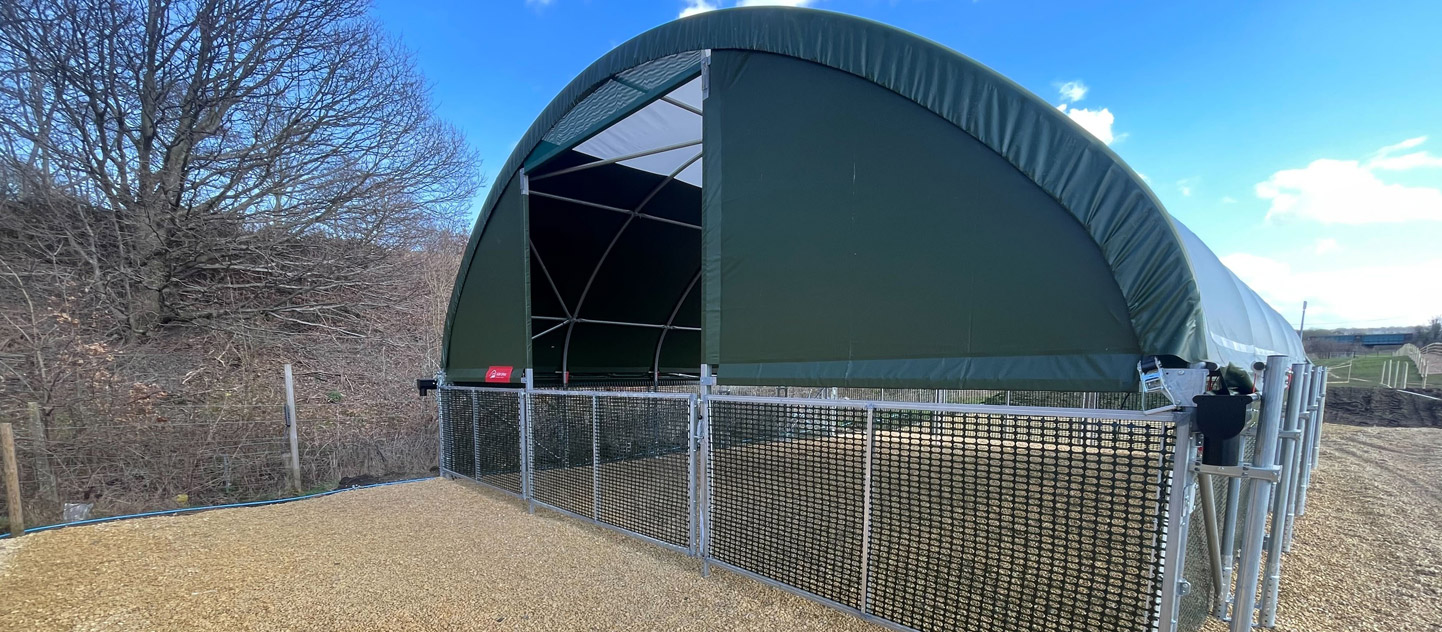
What are the best practices to consider when choosing pig housing for high-welfare farming?
There is a wide variety of benefits that modular livestock housing can perform in any pig farming operation. Here are a few of the core best practices for selecting high-welfare pig housing.
Choose shelters that are safe for farrowing to enhance feeding and growth among piglets
Modular livestock housing can perform the role of farrowing shelters where sows can be housed while giving birth to and feeding the youngest piglets in the herd. Modular structures for pig farming allow areas to be penned off to allow pregnant sows to give birth and feed their young piglets.
Approximately 66% of sows give birth indoors in the UK, and modular structures can be further tailored to allow sows sufficient movement while simultaneously accommodating farrowing crates that ensure the safety of the piglets by limiting any movements from the sow that would put their wellbeing in danger.
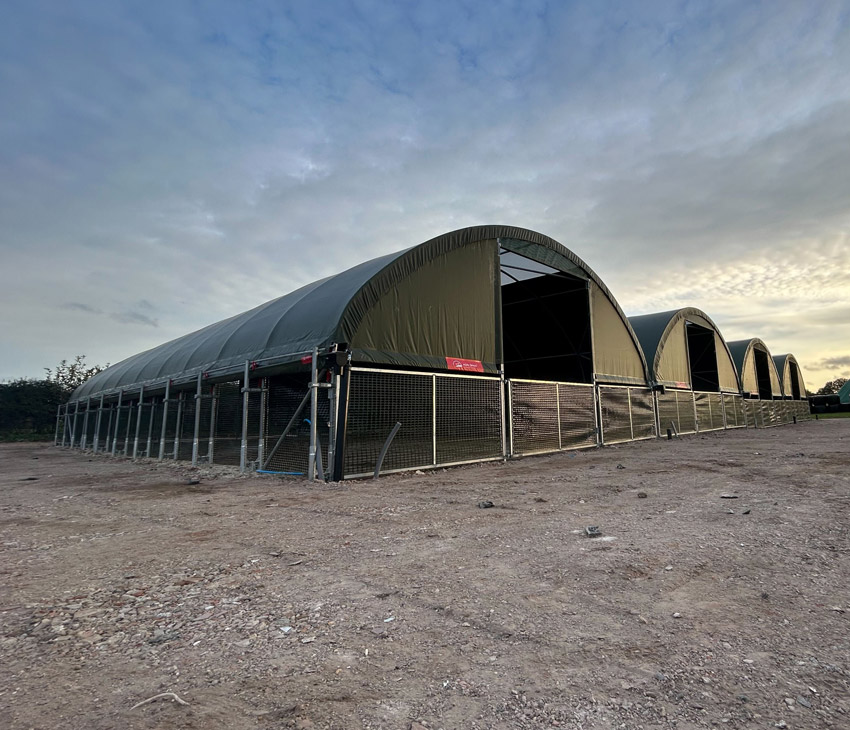
Provide comfortable pig housing environments that encourage natural behaviours
Providing high-welfare shelter for pigs to express natural behaviours such as rooting and rearing the herds in structures which provide ample space for movement and grazing (to the extent written in legislation or more) will ensure the animals are healthy and will grow well.
Modular housing also allows a significant amount of natural airflow and lighting to improve conditions within the structure while also protecting the herd from the elements as well as potential predators threatening young piglets.
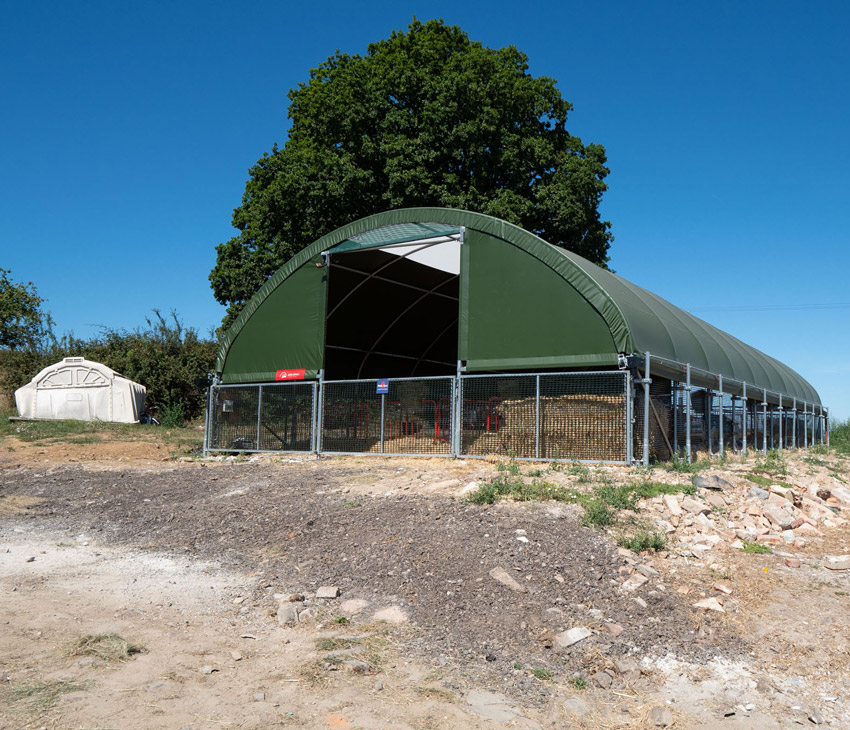
Prioritise structures that allow for elevated cleanliness and improved hygiene
Cleaning and sanitising the shelters used for housing pigs is among the toughest challenges in pig housing UK farmers face. However, overcoming this challenge is vital for maintaining herd health. Compared to permanent buildings, modular structures are far easier to clean with little effort.
It is also a good practice to move fields at least every two years to migrate pigs to fresher pastures; this prevents the soil from being rutted and improves hygiene massively as there is no buildup of excrement for extended periods that become breeding grounds for pathogens. The relocatability of modular structures is ideal for this purpose.
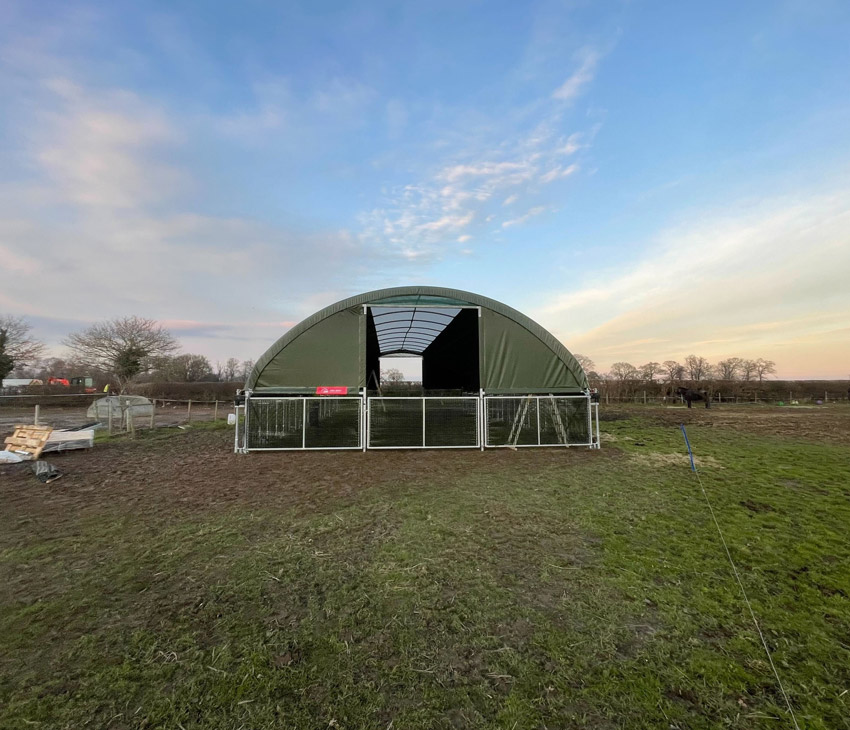
Opt for a cost-effective option for housing pigs indoors
A key reason pig farming operations opt for the less efficient approach of housing pigs outdoors is due to the extreme costs of construction, the need to obtain planning and building permits, and the extreme requirement for infrastructure investments for building and maintenance.
Modular structures offer farmers the best of both worlds by offering a highly cost-effective alternative to house pigs indoors and enjoy all the benefits that come with this approach to an even higher degree than opting for a traditional building.
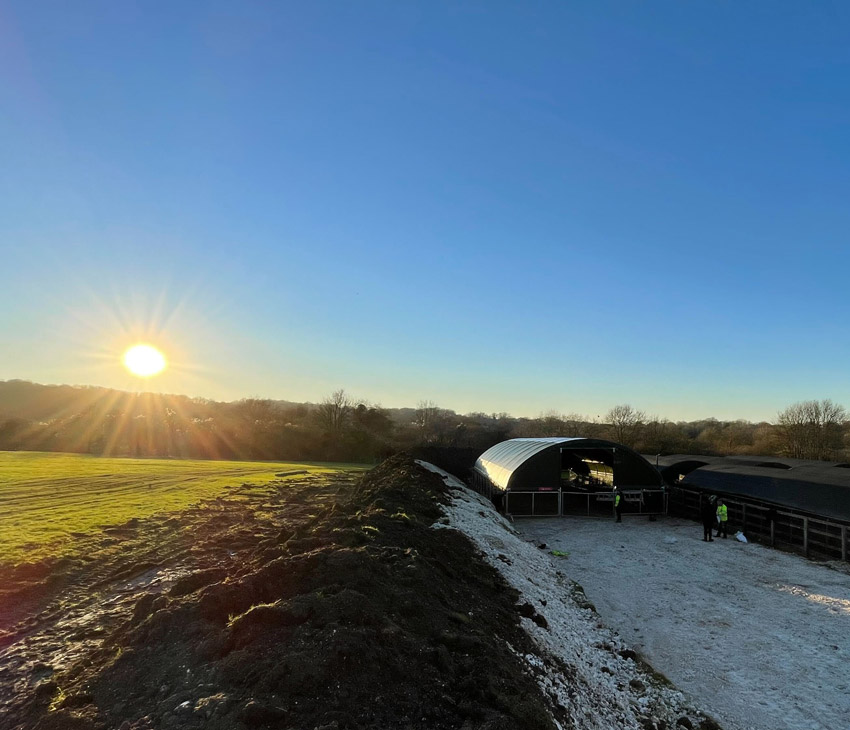
What are the salient features of modern and relocatable livestock shelters that make them the ideal option for pig housing UK farms to integrate?
Here are the most prominent features of relocatable modular pig housing UK farms must consider to enjoy performance that is leagues ahead of conventional barns and sheds when it comes to running a successful pig farming operation:
High portability and flexibility
Staff can move the modular structure to different locations, change its orientation, or adjust its placement. This is essential when systematically relocating flocks to fresher grounds
Easy access for cleaning and sanitising
The modularity of the structures offers generous and convenient access points to enable the structures to be washed, cleaned, and sanitised either individually or in batches
Hygienic and healthy environment
Livestock farmers can prevent the spread of parasites and pathogens among their flocks due to good drainage, dry and moisture-free environments, and proper airflow within the structure
Comfortable and humane high-welfare housing
The modular structures provide adequate space, ventilation, lighting, and clean enrichments for high-welfare housing of livestock in either free-range or organic configurations
Economical and sustainable modular housing
Livestock farms can save on feed, water, bedding, and energy by opting for modular livestock housing to optimise the use of resources and boost savings while increasing yields
CONTACT US NOW
Get in touch today
Let’s discuss your requirements and take the first step towards ensuring quality and comfort when choosing housing for livestock
sales@mcgregorltd.com
PHONE
01962 772368
SOCIAL
